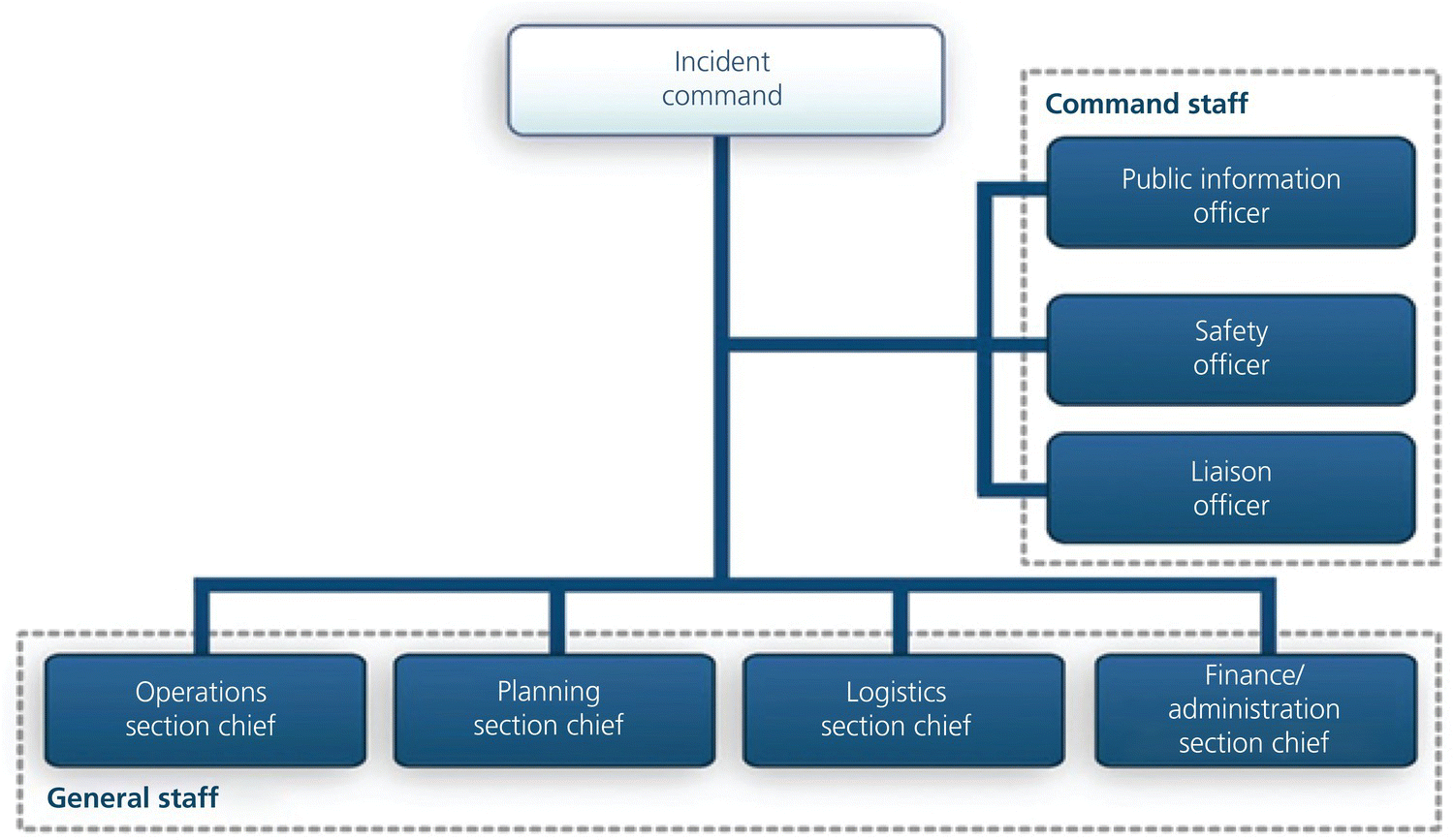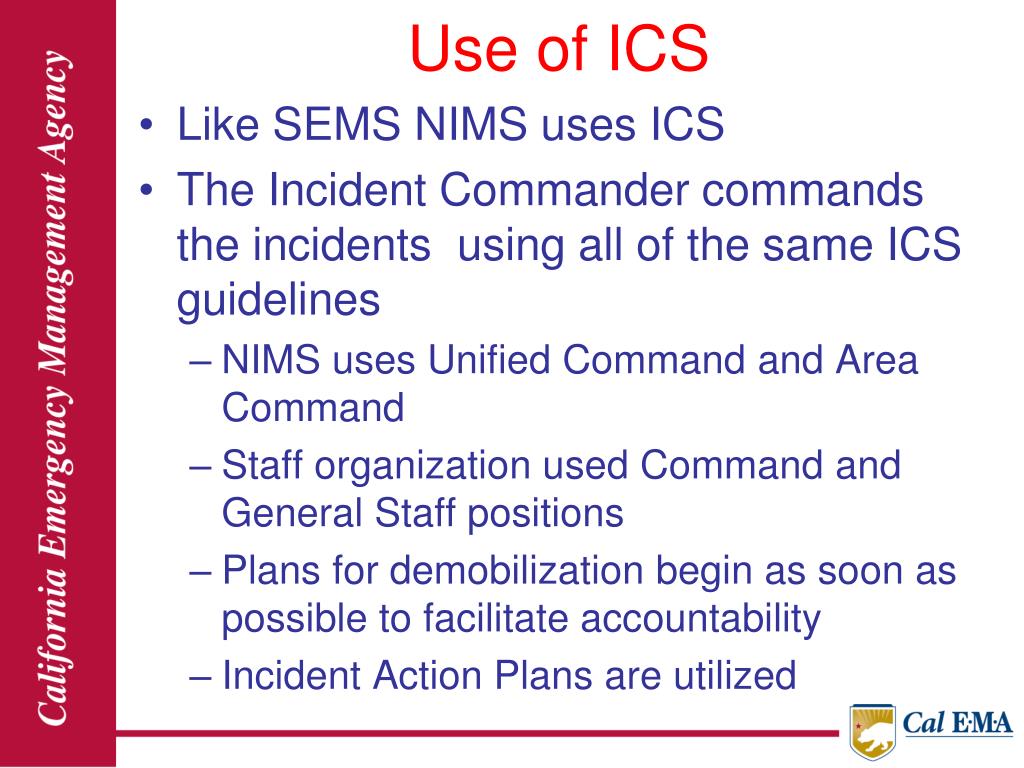
They are best used in locations looking to avoid accidental and unnecessary water damage such as libraries or data centers. Pre-Action sprinkler systems are filled with air and water passes through if the smoke alarm or detector goes off. Dry Sprinkler systems use pressurized air in the pipe which exits before water escapes. They are the most common type of sprinkler and are both cost-efficient and low maintenance. Wet Pipe sprinkler systems are filled with water at all times, allowing for quick-fire suppression. There are several types of fire sprinklers. These systems are most effective in the fire’s initial growth stage, as they work to spread a continuous flow of water over the fire, ideally dampening it enough to be fully put out. In most cases, the fire sprinklers that activate only do so around and over the fire. While systems that behave someone like this exist (deluge type systems) it is pretty uncommon and used in special situations like certain types of aircraft hangers. A common misconception is that every sprinkler head in a system will go off at once after the first sprinkler has activated. In general, a sprinkler is activated by the heat put off by the fire once it reaches a certain temperature at the ceiling around that particular head. One of the most important components of a fire protection system is the automatic fire sprinklers.


When designing or upgrading a building, engineers take into account the implementation of some of the following fire protection features in order to comply with relevant codes and standards and provide building occupants with the required level of safety. Passive fire systems contain fires without taking action by utilizing building compartmentalization through the use of fire-resistant walls, doors, and coatings. These features are crucial to a building’s safety, and often required by local codes as a precautionary measure in any office or public space.

In general, they work to contain the spread of the fire with the action of dispersing water or other compounds water or alerting occupants to its presence. The structural integrity of a building can be compromised by extreme heat and a fire reaching critical weight-bearing points.Īctive fire protection systems include features such as automatic fire sprinklers and fire alarm systems. Fire protection systems are standard building features that either actively or passively help to control the amount of damage that can occur to a building and protect its occupants in the event of a fire.


 0 kommentar(er)
0 kommentar(er)
